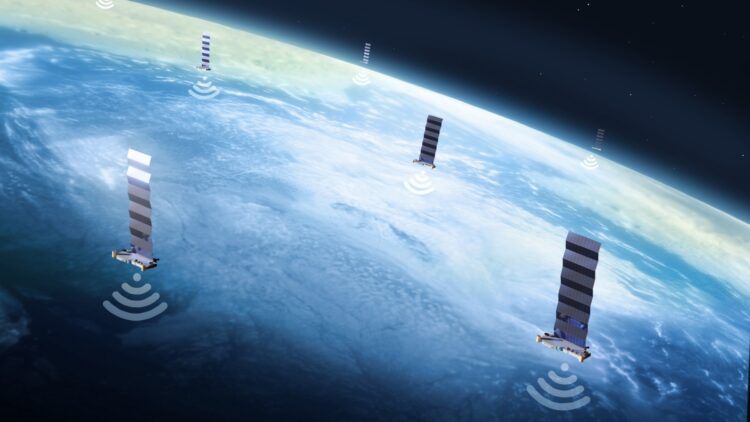Space domination in a trillion-dollar dream has hit the ground. New articles suggest that more Elon Musk SpaceX Starlink satellites launched in July 2024 were in a perilously low orbit because of a second-stage failure. Unfortunately, this shows space technology’s unpredictability, including even for companies at the forefront of innovation, such as SpaceX. Thus, in this article, we will describe what happened and discuss how such occurrences are possible even though they are scarce in the space industry.
The July 2024 Starlink launch failure: How malfunctioning rockets risked the success of the mission
Elon Musk’s SpaceX plans for July 2024 included another mission to help strengthen the web of satellites in the Starlink project that is being built to work towards global Internet connection. As for the Falcon 9, the second burned stage had a more significant than average amount of ice build-up around the engine and failed during the restart burn.
This situation placed 20 Starlink satellites at low orbits, with the weakest perigees being near the edge of the Earth’s atmosphere. It meant that these satellites could be dragged into the Earth’s atmosphere, so they would self-destruct instead of getting to their intended orbit.
This was far from ideal, as SpaceX founder Elon Musk pointed out. They were designed to enter a circular orbit of 286 kilometers, but instead, it was fixed at a near-atmosphere orbit. This drag could stop the ion thrusters of the spacecraft from raising their orbits, which is a real danger to the mission’s success.
Understanding how rocket engine failures occur and the impact they can have on satellite positioning
The second stage of a rocket is critical in determining the right orbit to place the payload. In the Starlink launch, this failure was caused by ice formation on the engine at the time of the restart burn phase. The restart burn only takes a few seconds but helps circularize the orbit of satellites already launched. However, the engine failure led to what Musk described as a rapid unscheduled disassembly (RUD).
RUDs are relatively few, but they demonstrate hazards that may be encountered during space exploration and satellite launching. Vibration, temperature variations, stress on components, manufacturing defects, etc., can cause failure of missions. Musk and his team are looking into this incident to determine what went wrong and avoid a future recurrence.
Nevertheless, after some disturbing work, SpaceX does not stop and aims higher and higher. Of the 20 satellites, 13 had a new ‘Direct To Cell’ feature, enabling an internet connection distinct from the ground infrastructure. These satellites are a significant loss to SpaceX and its ambitions to disrupt the world’s communication systems.
What lessons can SpaceX learn from this latest failure, and will it impact future missions to Mars?
Exploring space is very dangerous by its very nature. SpaceX is not new to mission mishaps; there have been mishaps in 2015 and 2016 that involved the rocket Falcon 9. Such incidents make people comprehend that space exploration is never completely devoid of hazards like mechanical anomalies and the acts of space climate. In this case, cracking may have been caused by highly fluctuating temperature changes, which led to ice formation that caused the engine failure.
The technology applied in missions such as Starlink should function without any issues. But even when things are not that bad, mistakes can prove fatal, as with this launch. Furthermore, the reusability of first-stage boosters that SpaceX employs probably has another implication on the mission performance – the more often a device is launched, the more it is exposed to challenges of the conditions in accurate space orbits and the more likely it is that the device will exhibit specific problems over time.
How SpaceX’s resilience and innovation will be tested in overcoming this Starlink setback
This is an excellent blow to SpaceX but one they can work around in the long run. Past mishaps have seen the Falcon 9 temporarily suspended. However, the company has proved quite adaptive in the past. The Federal Aviation Administration will probably check the matter in detail, but there were examples of fast reviews, especially considering SpaceX’s progress.
However, these failures make one ask the following questions: How can SpaceX maintain innovation while making its missions reliable? What will this mean for future missions such as colonizing Mars? And how will this affect partnerships with clients like NASA or private astronauts? The concentration lies only in trying to recover as many satellites as possible before the atmospheric drag brings them down. Whether or not the ion thrusters can save them remains to be seen, but Musk’s desire to revolutionize space travel is as potent as ever.

